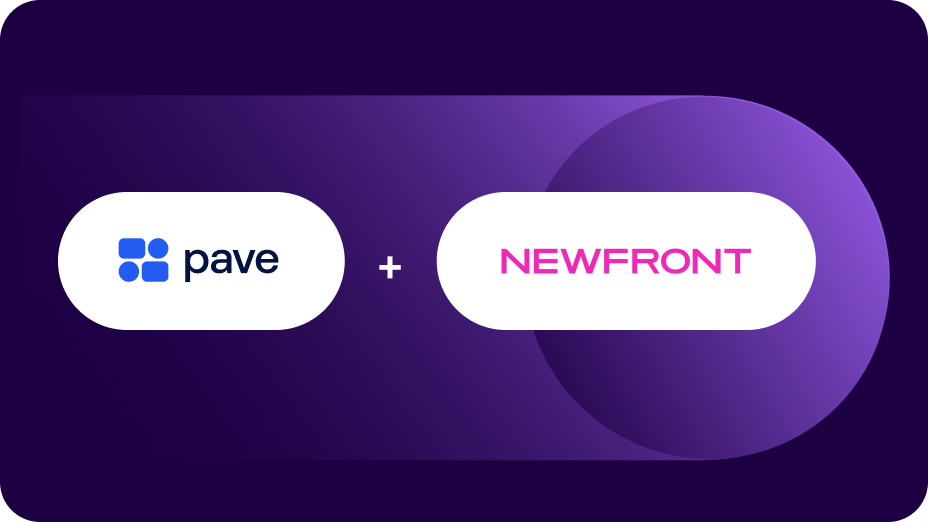2023 marks a new era for pay transparency. California, Washington, and Rhode Island join a host of other states and localities (including New York City) enacting laws requiring employers to provide more visibility into pay ranges for job advertisements.
Pay transparency is a good thing. It promotes gender pay equity, attracts talent, provides job candidates with reasonable salary expectations, and fosters more trust and fairness in the workplace. A recent survey found 98% of workers are in favor of greater pay transparency.
Having said that, it’s not smart business for companies to suddenly start slapping dollar signs on JDs just to comply with the new laws. Pay transparency after so many years of pay secrecy can potentially be very disruptive for workplaces. Employers need a plan for a pay transparent world. Here’s why.
The Consequences of Pay Transparency
The pay transparency laws are a moment of truth for thousands of employers. After years without payment consistency or internal pay equity, employers now have to show their hands—and the results might not be pretty.
Here’s why the new pay transparency laws may cause friction:
Lack of pay equity
Pay equity means compensating employees similarly when they perform similar jobs (factoring in experience level, tenure, and performance). In a recent survey, only 43% of America’s 100 largest employers disclosed conducting pay equity analyses with a focus on race and ethnicity, and only 22% made those results public. The lack of transparency around internal pay equity suggests many employers don’t have equitable payment practices. Making this information public can cause serious reputational damage for the company. In the instances of Google and LinkedIn, lack of pay equity led to legal judgments against the business.
Employees become aware of the new payment bands
To comply with the new laws, employers must provide a reasonable pay scale for all new job listings. This is information your current employees can readily access—and if you don’t already have internal pay equity, these ranges can provoke questions the organization might not be prepared to answer (especially if you have current employees in a similar role making less than the given range on the JD).
Employees don’t have compensation literacy
Even if your organization has taken the steps to foster pay equity, your employees may not have the context to understand your organization’s payment bands, why certain JDs have higher ranges, and why competitors might offer a higher band for a similar role. For example, an engineer based in Denver, CO might see a comparable role based in New York, NY with a higher pay band, and not understand why their pay band is lower.
Remember that compensation is often a very personal matter, given it relates to an employee’s perceived value to the organization. Without education, pay transparency can prompt a decrease in workplace morale from employees who feel unsettled in their current pay band.
Planning for Pay Transparency
Pay transparency laws can potentially be disruptive for companies that don’t already have good pay practices in place. However, if implemented well, pay transparency presents an opportunity for employers to improve morale and create a more equitable workplace.
If that’s the goal, here are some steps your organization can take to show a commitment to fair pay.
Create a compensation philosophy
The first step all employers should take is formulating a compensation philosophy. A compensation philosophy outlines the approach and reasoning a company uses while making compensation decisions. Developing this critical asset helps your HR team, executives, and managers clarify the “why” behind pay and creates a framework to assure consistency across the whole team. This philosophy allows you to:
- Be thoughtful about compensation decisions
- Be proactive instead of reactive
- Establish a single source of truth for compensation decisions
- Drive executive buy-in
- Execute consistently against your framework
Use data to determine total compensation
Your compensation philosophy is your blueprint for determining how to compensate your organization. With this piece in place, you can determine total compensation for various organizational roles. As the wording suggests, total compensation goes beyond just salary—it factors in every piece of an employee’s compensation package including direct and indirect compensation.
- Direct compensation examples: Salary, commission, and bonus.
- Indirect compensation examples: Equity, benefits, learning and development stipends, and relocation benefits.
To ensure total compensation aligns with the internal compensation philosophy and is competitive with the broader market, many organizations use data to create benchmarks upon which they can base their decisions and justify them after the fact.
Having the right benchmarking data (e.g., data aligned with company size, employee location, valuation, and targeted pay percentiles) is a crucial input to ensure you’re making the right compensation decisions. It can also help sell your plan to the executive team.
Eliminate bias from compensation decisions
A compensation philosophy lays the foundation for fair pay, but it’s incumbent on HR or People leaders to ensure there are adequate processes and tools in place to implement the compensation philosophy. This is especially important as an organization scales and people managers have to make more compensation decisions.
HR should set up easy-to-follow compensation guidelines managers can work within to eliminate bias. This framework should allow managers to utilize their unique knowledge of an employee and their contributions while ensuring any decision regarding compensation is defensible and aligned with a broader organizational approach to payment.
Promote compensation literacy
Once you’ve made compensation decisions—whether that’s a change coming out of a merit cycle or a market adjustment for an entire role—you need to be able to communicate those decisions to employees in a scalable and trustworthy way. Driving educational programs around the value of equity or benefits offered can go a long way to ensuring that employees feel like they are being compensated fairly and competitively—which helps immensely with employee happiness and retention.
Pay Transparency is Never Complete
The job market is always changing—and your approach to compensation should change with it. Have a plan to revisit your compensation philosophy periodically and make adjustments as needed. Then disseminate those changes throughout your organization, so employees understand how and why compensation has changed. This is what true pay transparency looks like.
Those who succeed at pay transparency will enjoy an advantage in the never-ending battle for top talent.
Looking for an edge in your transition to pay transparency? Pave helps organizations make smarter compensation decisions with tools for planning, communicating, and benchmarking compensation in real-time.
Alexis focuses on all things People at Pave. She's passionate about coaching, building, scaling, and guiding emerging leaders and hyper-growth companies to help curate their greatest asset: top talent.





.jpg)
.jpg)

